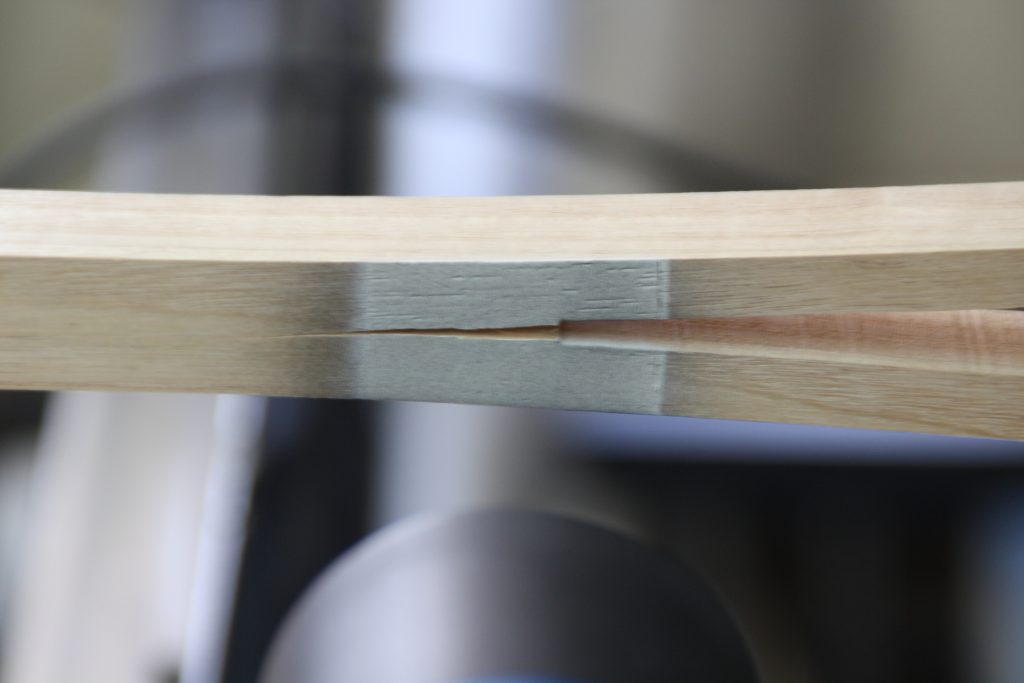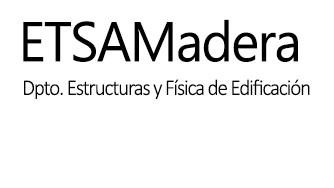
Abstract
Assessing wood fracture behavior is essential in the design of structural timber elements and connections. This is particularly the case for connections with the possibility of brittle splitting failure. The numerical cohesive zone models that are used to simulate the fracture behavior of wood make it necessary to assume a cohesive law of the material that relates cohesive tractions and crack opening displacements ahead of the crack tip. This work addresses the determination of the fracture cohesive laws of Eucalyptus globulus, a hardwood species with great potential in timber engineering. This study centres on Mode I fracture loading for RL and TL crack propagation systems using Double Cantilever Beam tests. The Compliance-Based Beam Method is applied as the data reduction scheme in order to obtain the strain energy release rate from the load-displacement curves. The cohesive laws are determined by differentiating the relationship between strain energy release rate and crack tip opening displacement. The latter is measured by the digital image correlation technique. High strain energy release rates were obtained for this species, with no big differences between crack propagation systems. The difference between the crack systems is somewhat more pronounced in terms of maximum stress that determines the respective cohesive laws.
https://doi.org/10.3390/ma12010023
